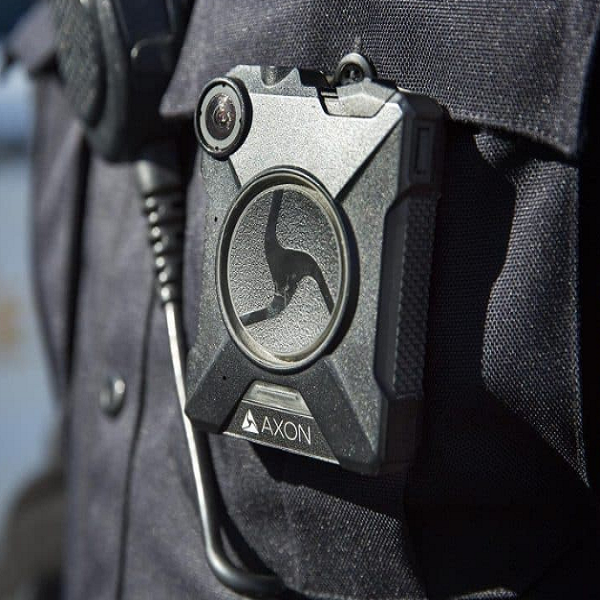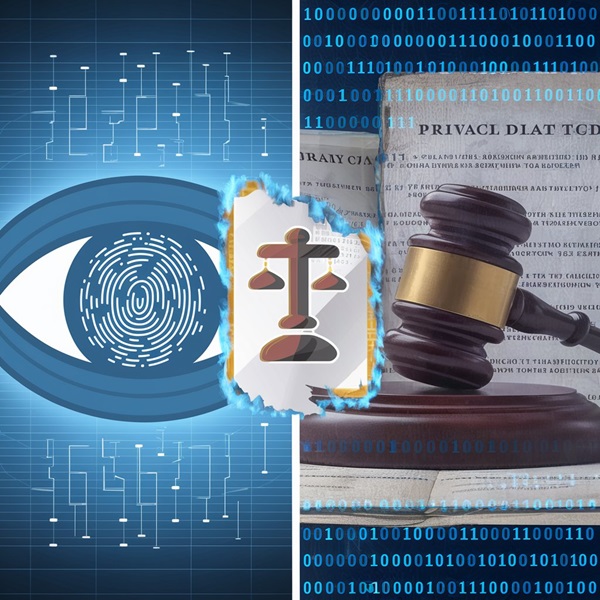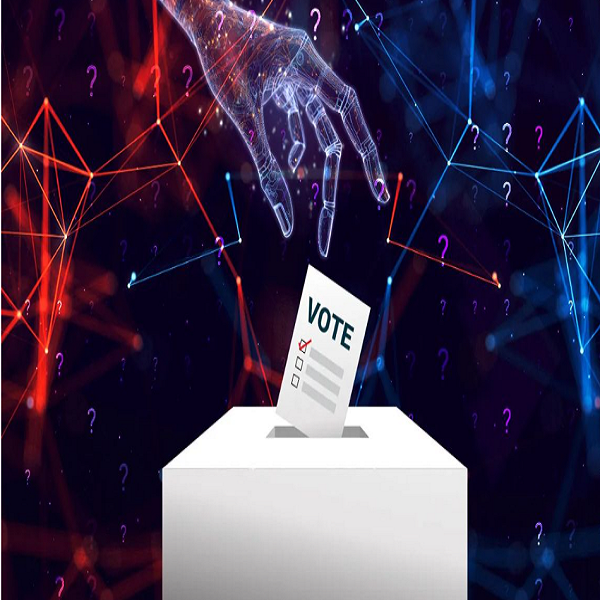Keeping data safe involves both physical and digital protective measures. Physical Security is crucial in ensuring that an organization’s digital and physical assets are protected from potential threats. The widespread use of Artificial Intelligence (AI) in various industries is also making its mark in the world of physical security.
AI has significantly improved physical security measures including systems to detect gunshots, systems for facial recognition and predictive analytics software. This integration is particularly useful for law enforcement officers. For instance, the Oklahoma Police Department is part of an experiment that uses a generative AI tool to produce the initial draft of incident reports.
Usually, police officers spend a considerable amount of time writing reports after incidents. In the experiment, it took a sergeant 30-45 minutes to write a report about a search he carried out. However, by using Draft One, a generative AI tool, it took just 8 seconds to get the first draft of the report. The tool gathered data from all sounds and radio conversations picked up by the microphone attached to the officer’s body camera to create the report.
Draft One uses similar AI technology to ChatGPT and is sold by Axon, a company known for making body cameras and Tasers. Police in Oklahoma City, Fort Collins (Colorado), and Lafayette (Indiana) are already using it. Other companies like Policereports.ai and Truleo offer similar products.
Many see this as a game changer in police work. Generally, it is an impressive application of AI to improve incident reporting in physical security. However, it also raises a lot of concerns. District attorneys want to ensure that officers are responsible for their report as they might need to testify in court. They want to avoid situations where an officer might say, “The AI wrote that, not me.” Another worry is that the tool could amplify biases or get facts wrong, which is a common flaw with AI tools. There is also the risk of over-reliance on AI-generated content.
Axon’s objective with Draft One is to reduce the amount of time officers spend writing their reports. Their aim is for officers to only read the AI-generated reports and confirm their accuracy by clicking a box, noting that AI was used in the process.
Beyond Policing, this technology could be useful for other organizations’ incident response procedures. Security professionals and guards can use this tool to enhance report writing and reduce the amount of time it takes. Cyber security experts could use this tool alongside other AI-powered security tools to strengthen the security of an organization’s data. However, they have to set measures in place to ensure the confidentiality, integrity and availability of data when using these tools.





